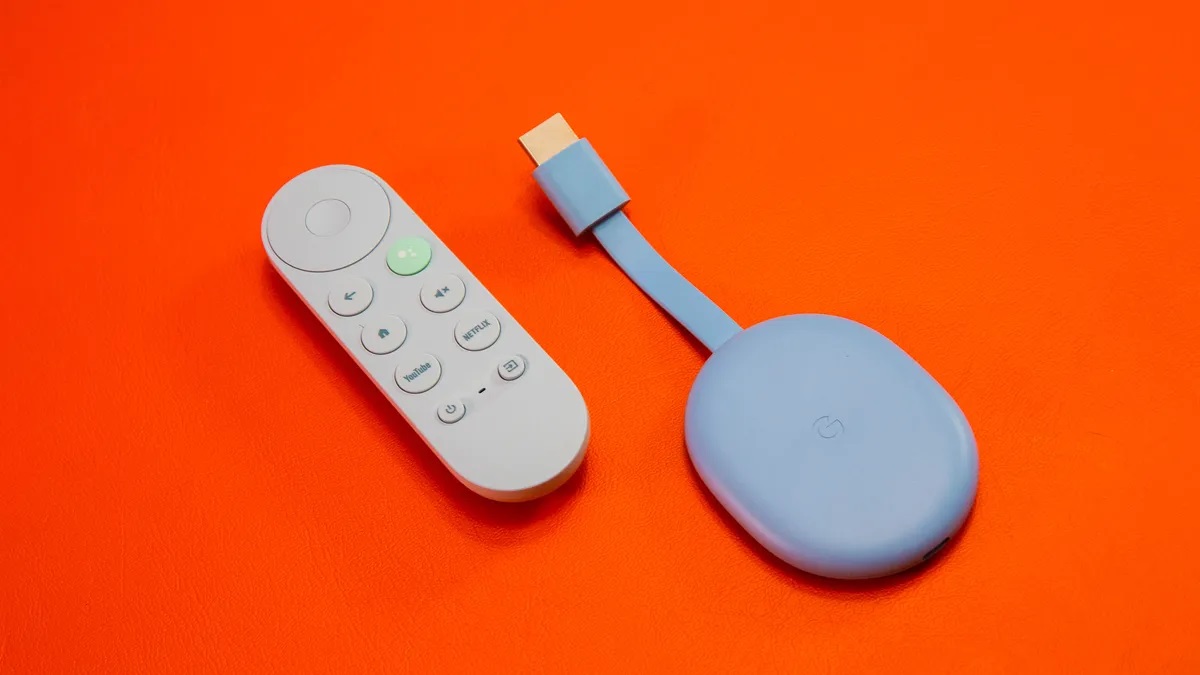Home>Reviews>Gadgets>Chromecast: WiFi-Free Streaming Made Possible


Gadgets
Chromecast: WiFi-Free Streaming Made Possible
Modified: September 5, 2024
Stream your favorite content without WiFi using Chromecast. Discover the ultimate gadget for seamless streaming and entertainment. Experience WiFi-free streaming with Chromecast.
(Many of the links in this article redirect to a specific reviewed product. Your purchase of these products through affiliate links helps to generate commission for Techsplurge.com, at no extra cost. Learn more)
Table of Contents
Introduction to Chromecast
Google Chromecast, a small, compact device, plugs into the HDMI port of your TV, transforming it into a smart TV. Designed for seamless and effortless streaming, Chromecast typically requires access to a Wi-Fi network to connect to online streaming services and apps. However, there are instances when Wi-Fi may not be available, such as during travel or in locations with restricted network access. In such cases, Chromecast offers several workarounds to enable streaming without direct Wi-Fi access.
Using Chromecast Without Wi-Fi: Guest Mode
One primary method to use Chromecast without Wi-Fi is through its Guest Mode feature. This feature allows users to cast content from devices that do not have a network connection. Here’s how you can set it up:
- Ensure Compatibility: Confirm that your Chromecast supports Guest Mode. This feature is available on newer firmware versions, so updating your device may be necessary.
- Enable Guest Mode: Enable Guest Mode on your Chromecast through the Google Home app or by pressing and holding the button on the back of the device until it flashes orange.
- Cast Content: With Guest Mode enabled, cast content from any device without needing a network connection. This is particularly useful in meeting rooms or during travel.
Using Chromecast Without Wi-Fi: The Google Home App
If Guest Mode is not working, another method involves streaming the display feed of an Android device directly to the Chromecast using the Google Home app.
- Open Google Home App: Launch the Google Home app on your Android device.
- Select Device: Tap on the device you want to cast content to.
- Select Display: Choose the option to cast your display.
- Start Casting: The app will then start casting your screen to the Chromecast, allowing you to stream content without needing a Wi-Fi connection.
Using Chromecast Without Wi-Fi: Ethernet Cable and Adapter
Another reliable method to use Chromecast without Wi-Fi is by using an Ethernet cable and adapter. This method provides a stable and fast connection, ideal for streaming high-quality content.
- Connect Ethernet Adapter: Plug the USB end of the Ethernet adapter into your Chromecast. Ensure you have an Ethernet adapter designed for Chromecast, which typically combines a USB power supply and an Ethernet port.
- Attach Ethernet Cable: Connect an Ethernet cable to the adapter’s Ethernet port.
- Run Ethernet Cable: Run the other end of the Ethernet cable to your router or another network access point.
- Power Adapter: Ensure the adapter is plugged into an electrical socket to provide power to the Chromecast.
- Setup Complete: Once connected, the Chromecast will automatically switch to using the Ethernet connection instead of a Wi-Fi network. This setup is particularly useful in environments with unstable or unavailable Wi-Fi, offering a more consistent streaming experience.
Considerations for Ethernet Setup
- Model Compatibility: Ensure that your Chromecast model supports Ethernet connections. While the Chromecast Ultra comes with an Ethernet adapter in the box, standard Chromecast models require a separate purchase of a compatible adapter.
- Network Speed: Using Ethernet generally provides faster and more reliable speeds than Wi-Fi, reducing buffering and improving streaming quality, especially for 4K content.
Practical Applications of Chromecast in Various Environments
The versatility of Chromecast makes it an attractive option for various environments, offering users the ability to cast media from multiple devices directly to their displays.
Traveling
When traveling, having a reliable streaming device can be a lifesaver. Chromecast’s ability to function without Wi-Fi makes it an ideal choice for hotel rooms or other locations where internet access might be limited. By using Guest Mode or an Ethernet adapter, travelers can easily stream their favorite shows or movies without needing a stable internet connection.
Professional Settings
In professional settings, Chromecasts are particularly useful in meeting rooms lacking dedicated video conferencing equipment. As businesses increasingly adopt hybrid meeting models, Chromecasts provide a cost-effective solution for smaller companies needing reliable video capabilities without the expense of high-end equipment. This adaptability ensures that teams can conduct presentations and collaborate efficiently, regardless of the room’s technical setup.
Home Use
For home use, Chromecast is an excellent addition to any smart TV setup. It allows users to stream content seamlessly from their smartphones, tablets, or laptops. The device’s compact size and affordability make it an attractive option for those looking to improve their home entertainment system without breaking the bank.
Final Thoughts
Google Chromecast is more than just a streaming device; it’s a versatile tool that can function in various environments, even without a traditional Wi-Fi connection. Whether traveling, working in a professional setting, or simply upgrading your home entertainment system, Chromecast offers several workarounds to ensure uninterrupted streaming. By utilizing its Guest Mode feature, using the Google Home app, or setting up an Ethernet connection, users can enjoy their favorite content without relying on a stable internet connection. This flexibility underscores the device’s practicality and makes it an essential tool for anyone looking to improve their media streaming capabilities.

